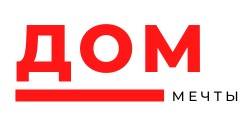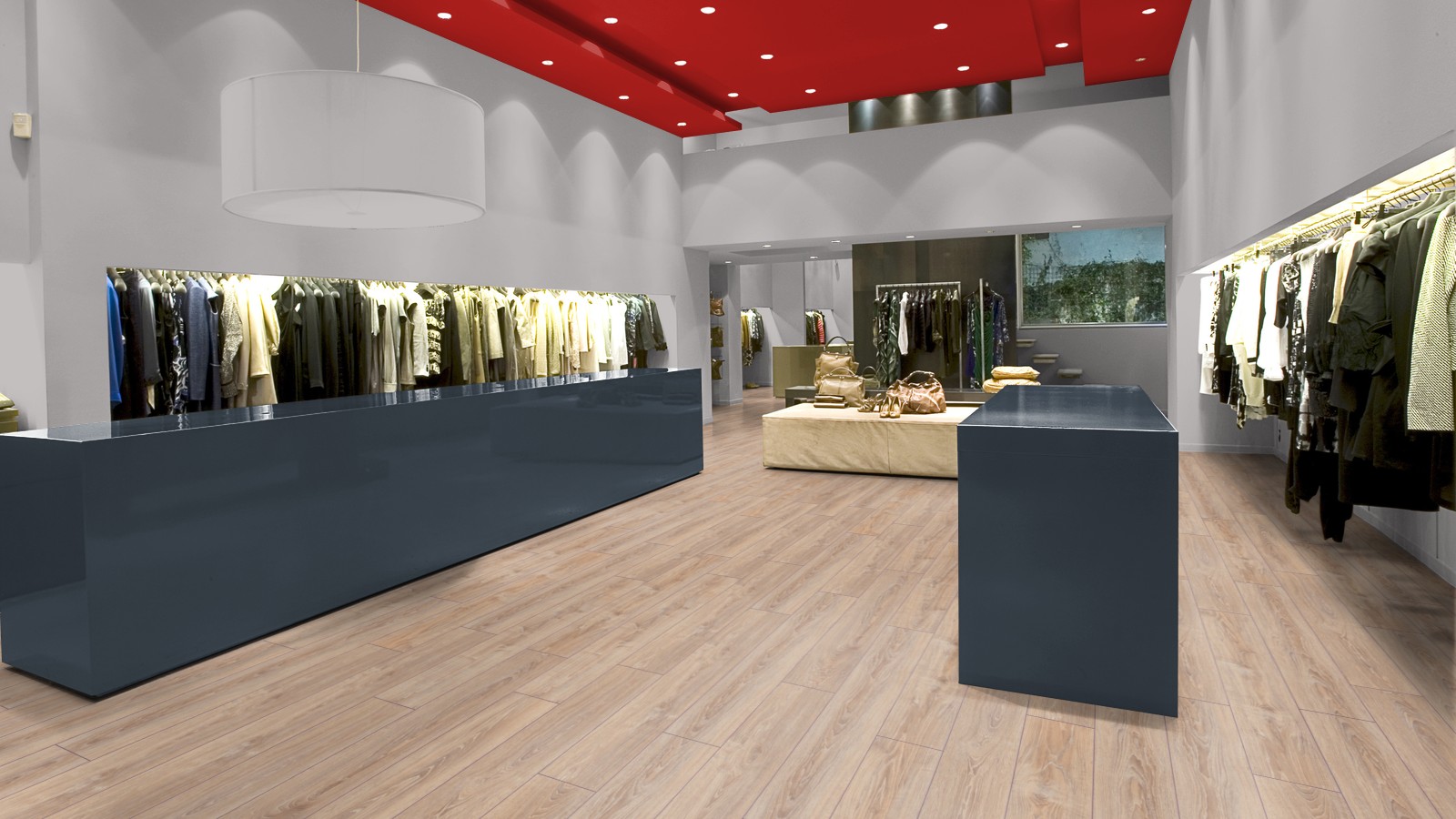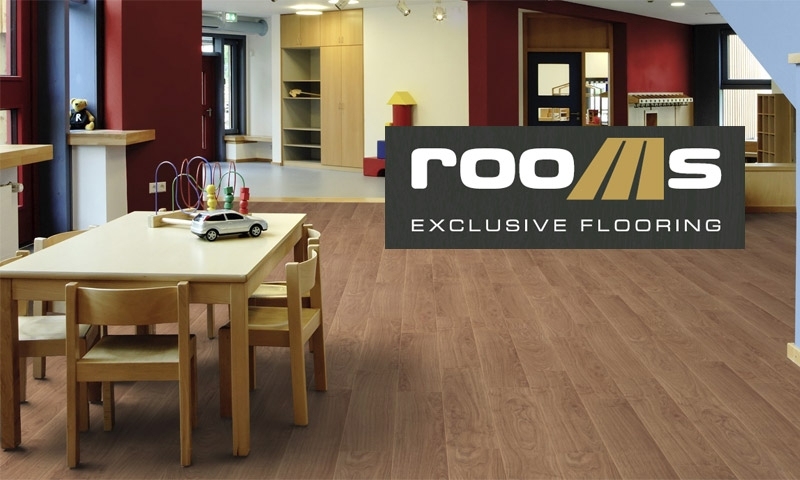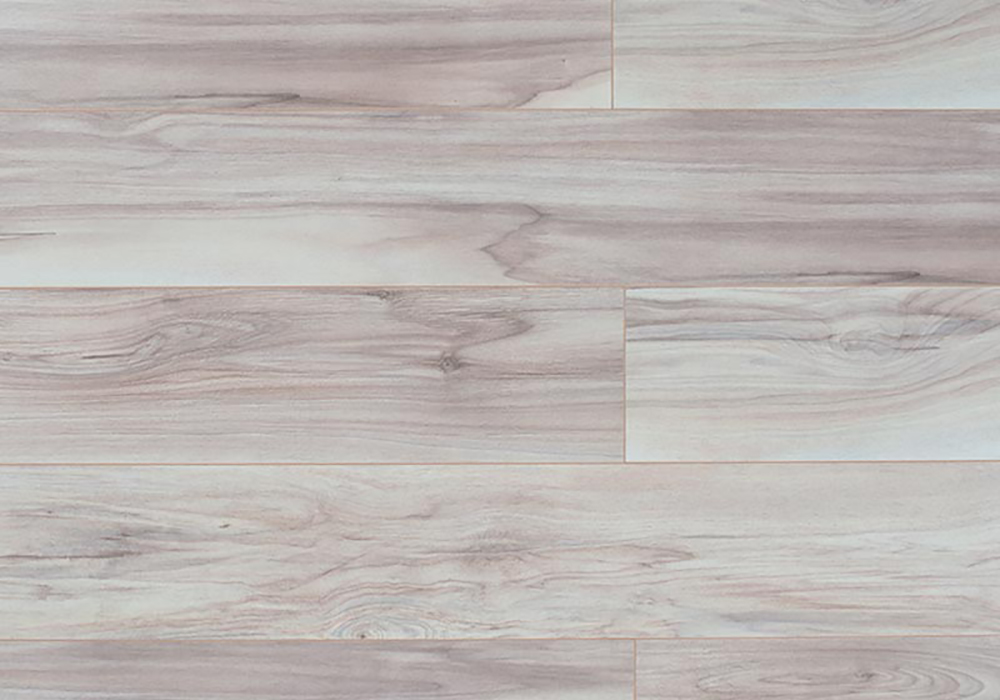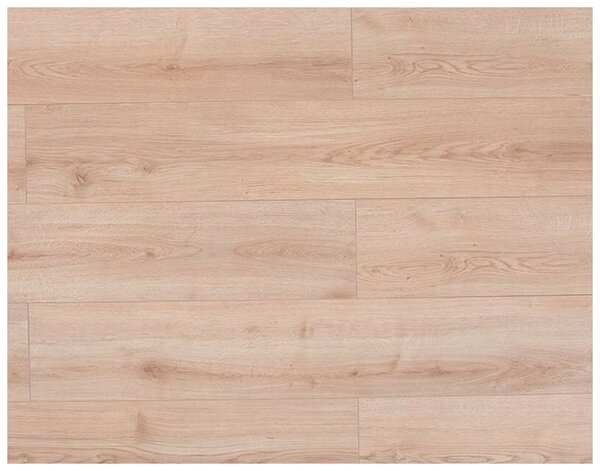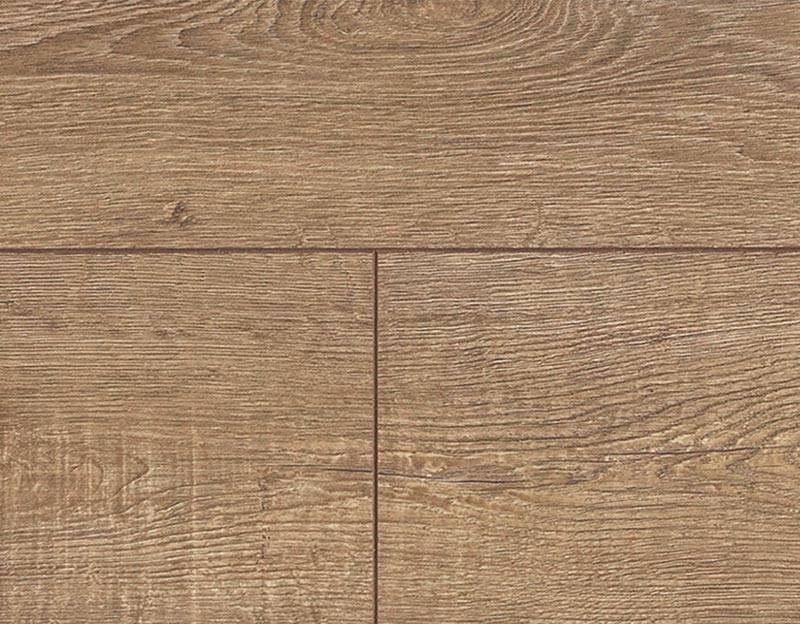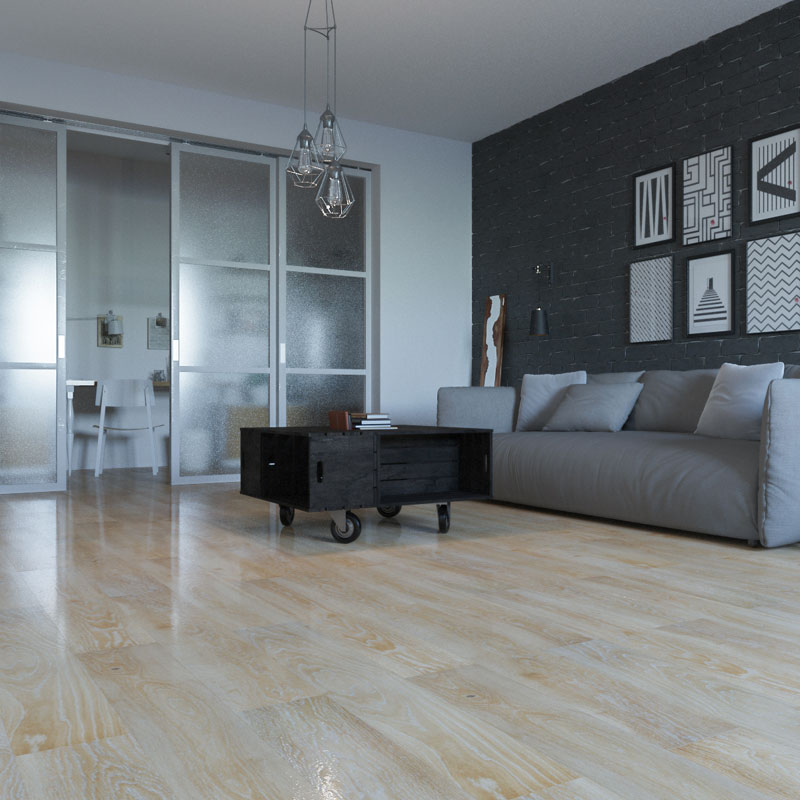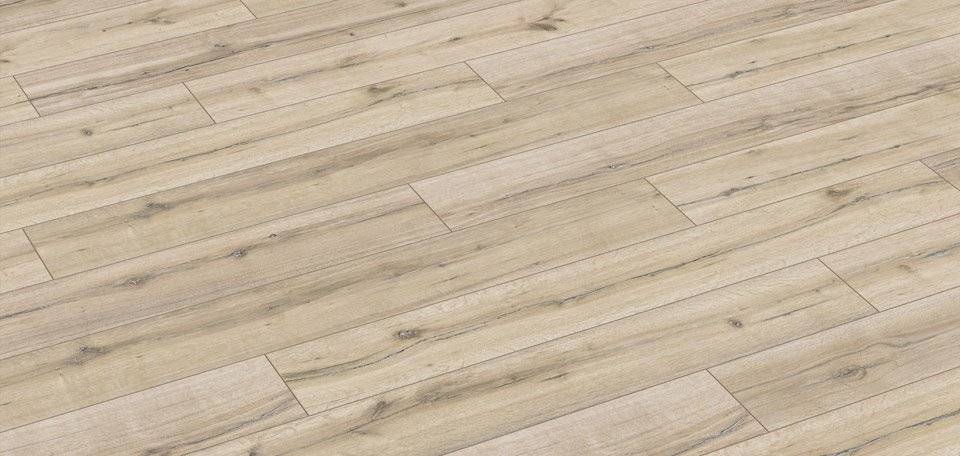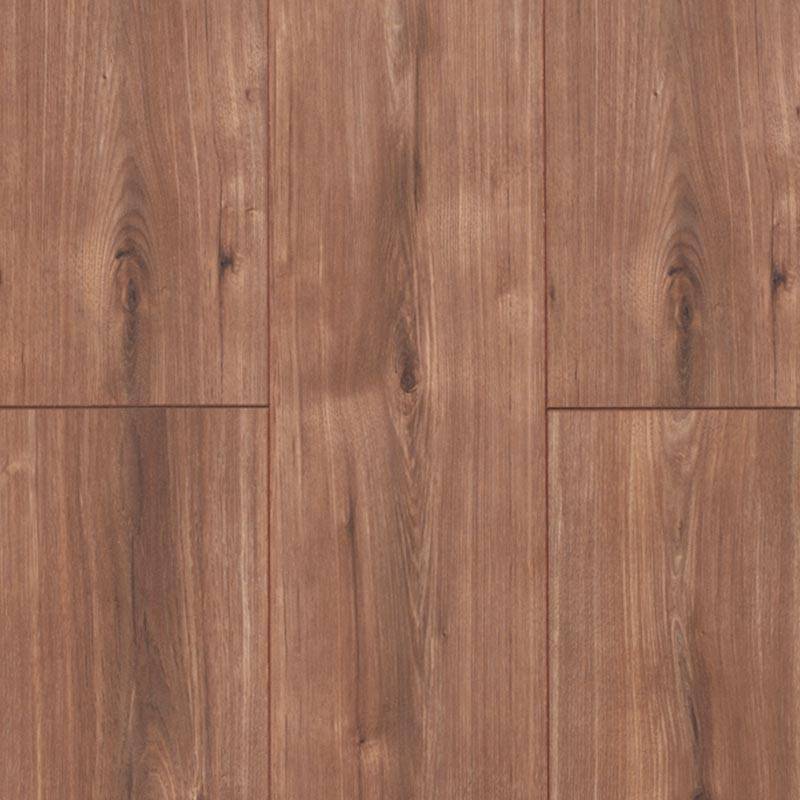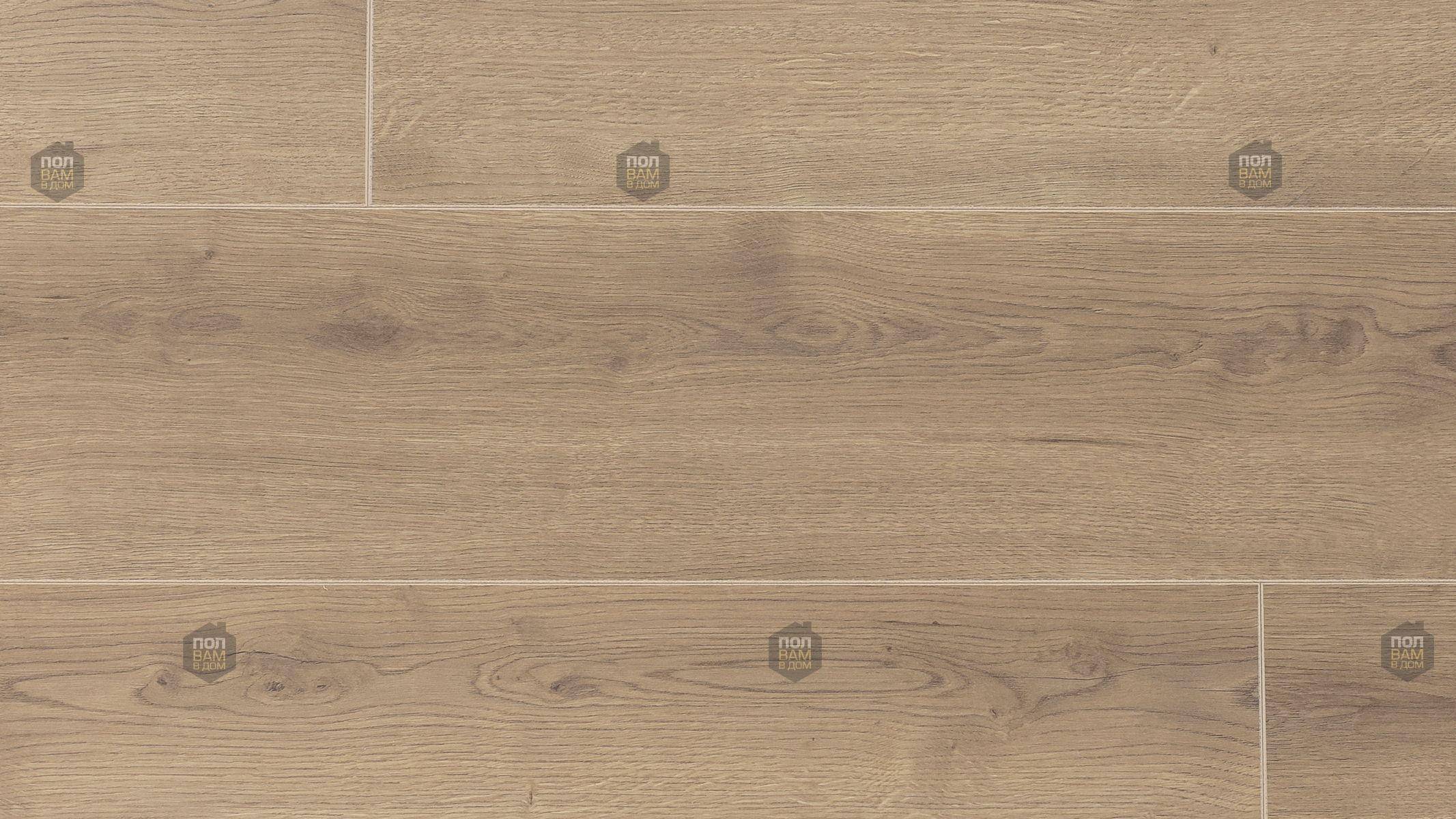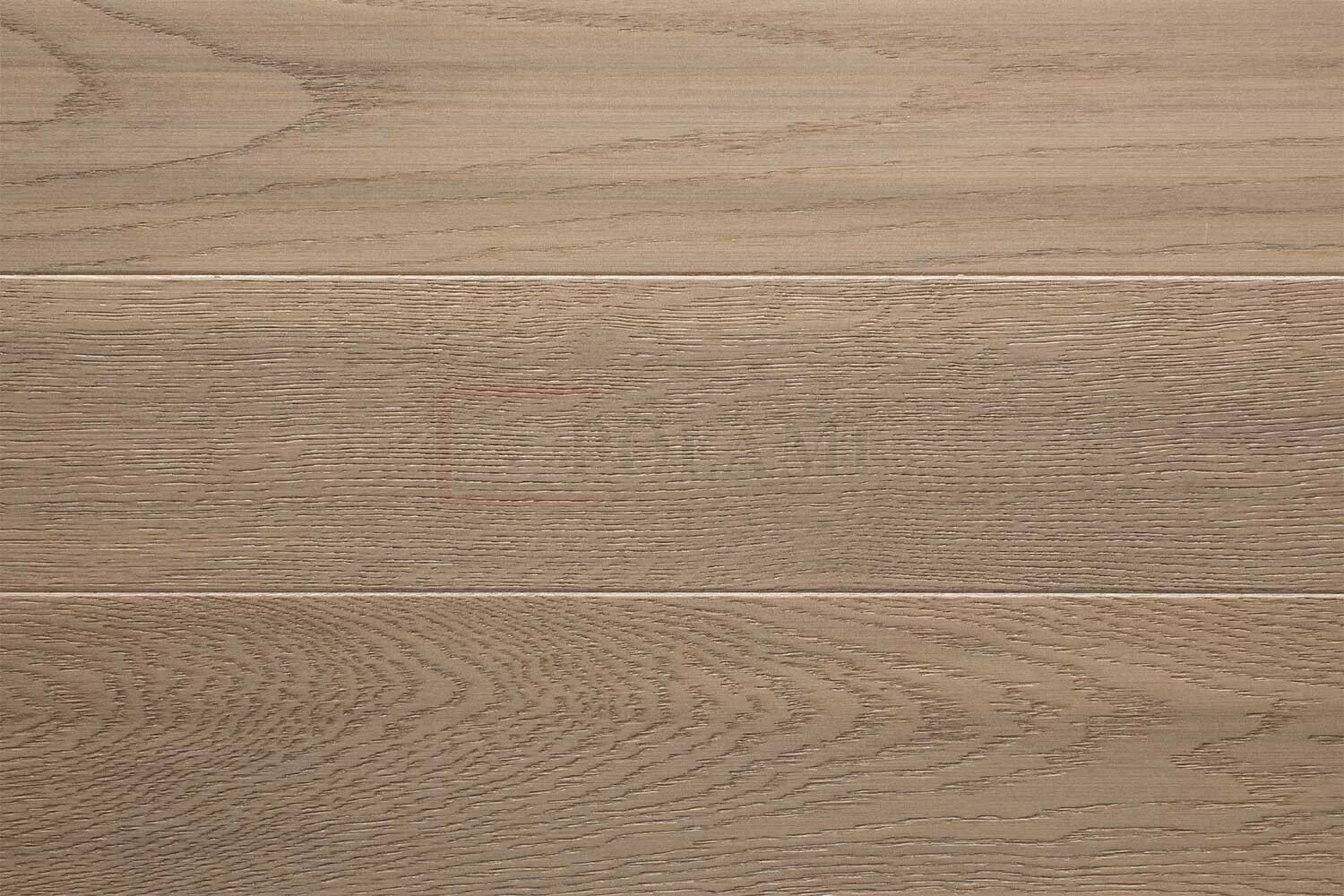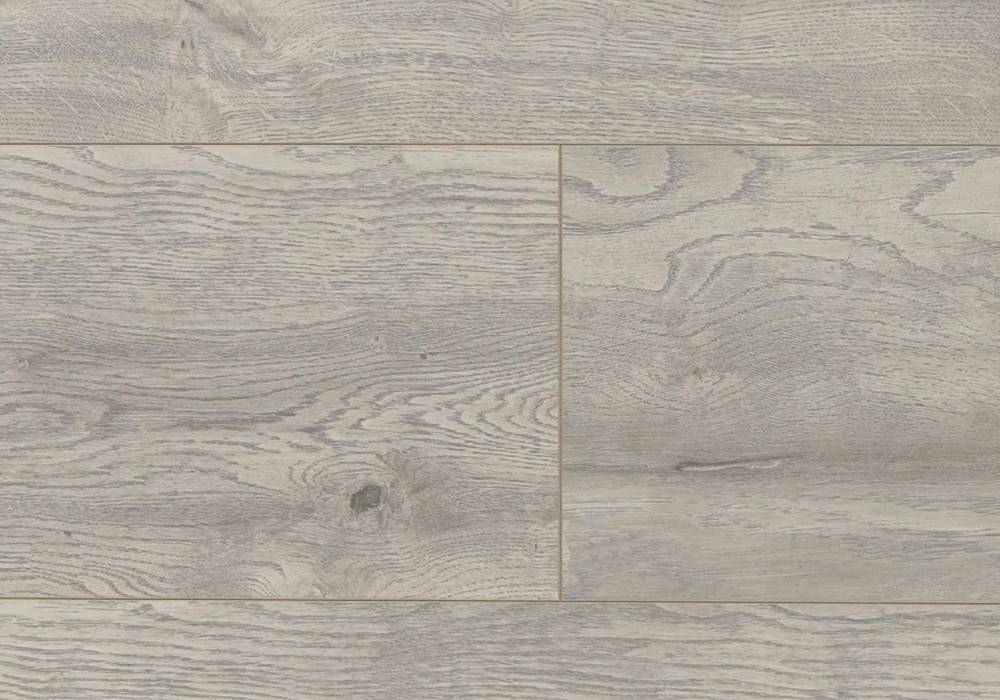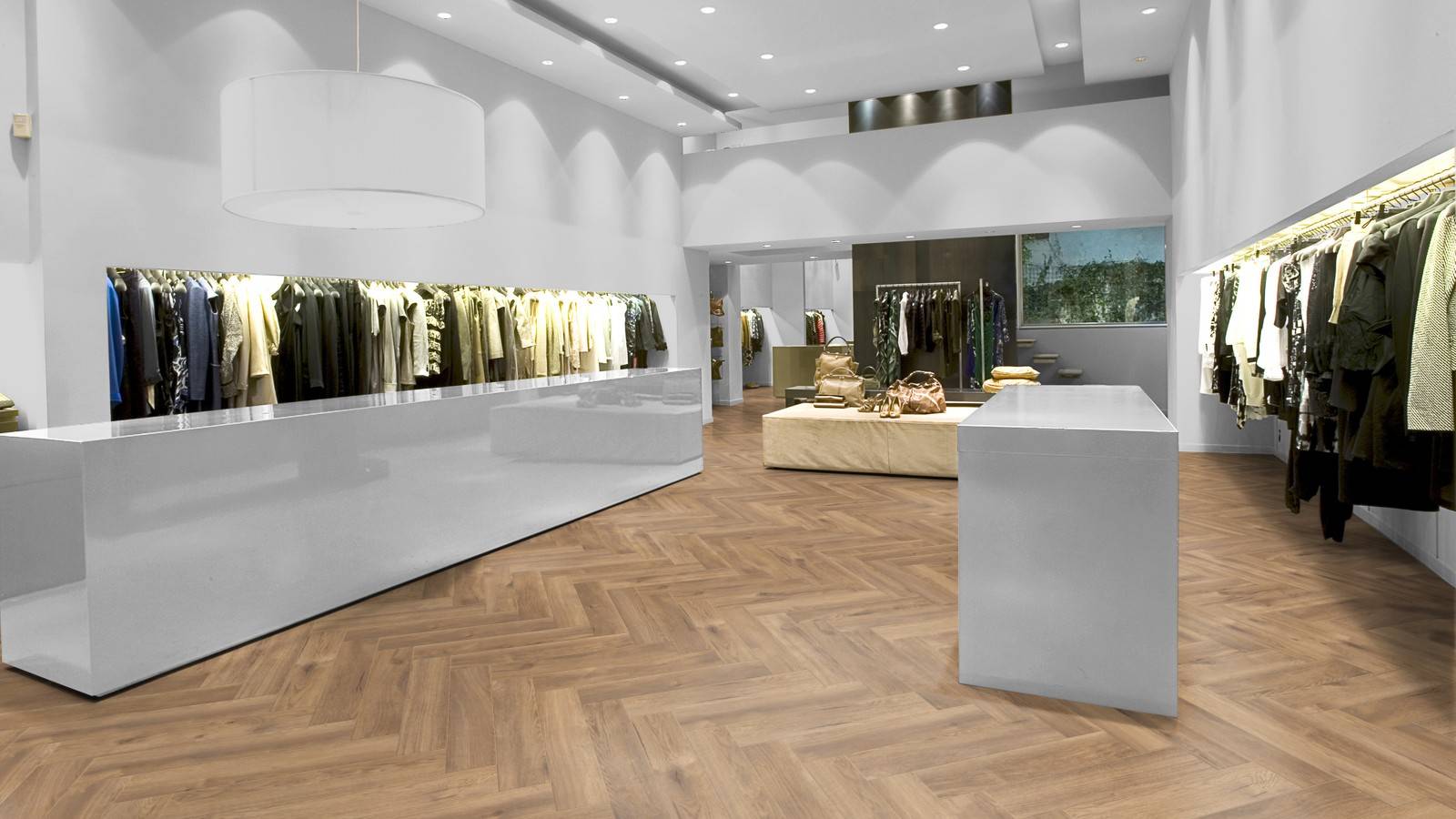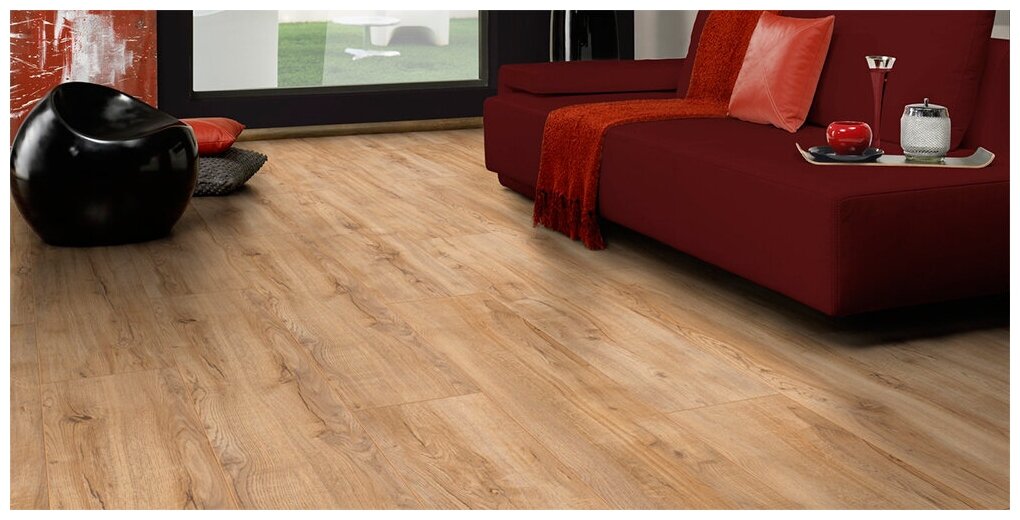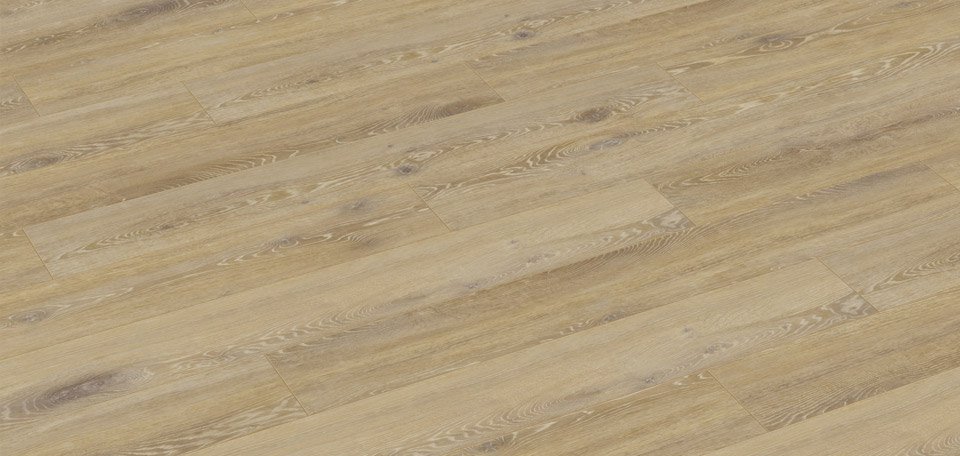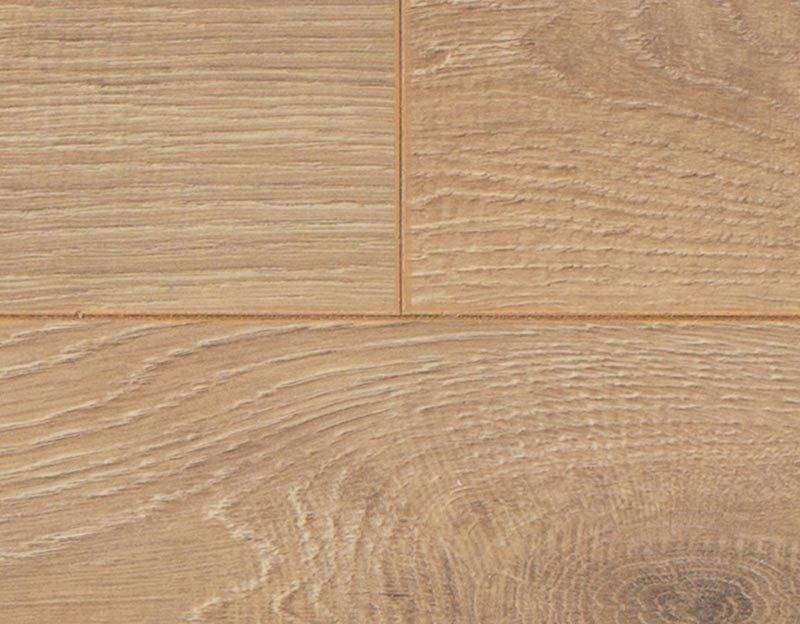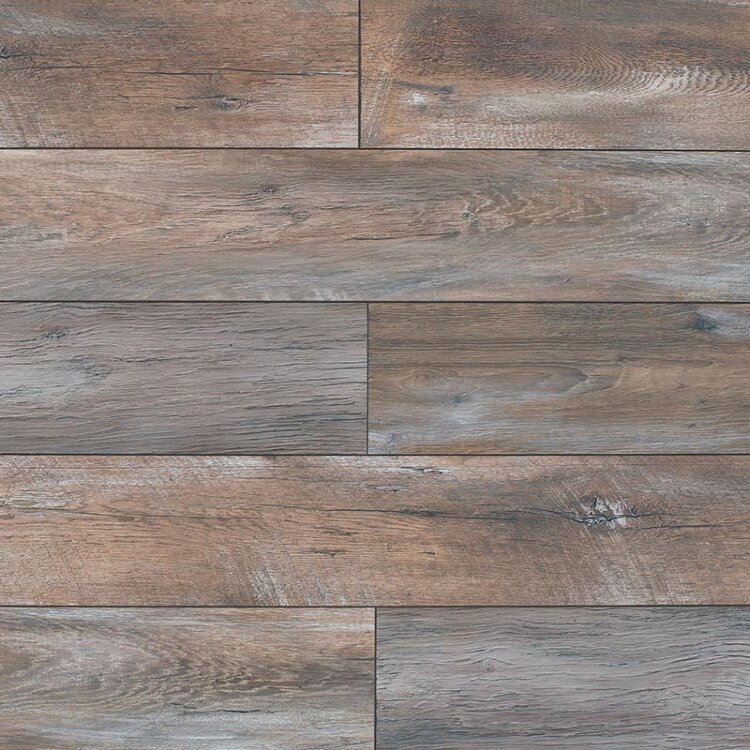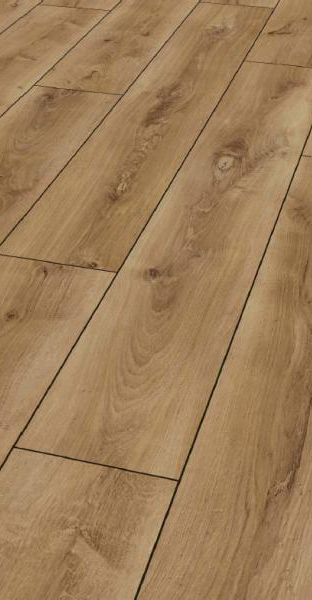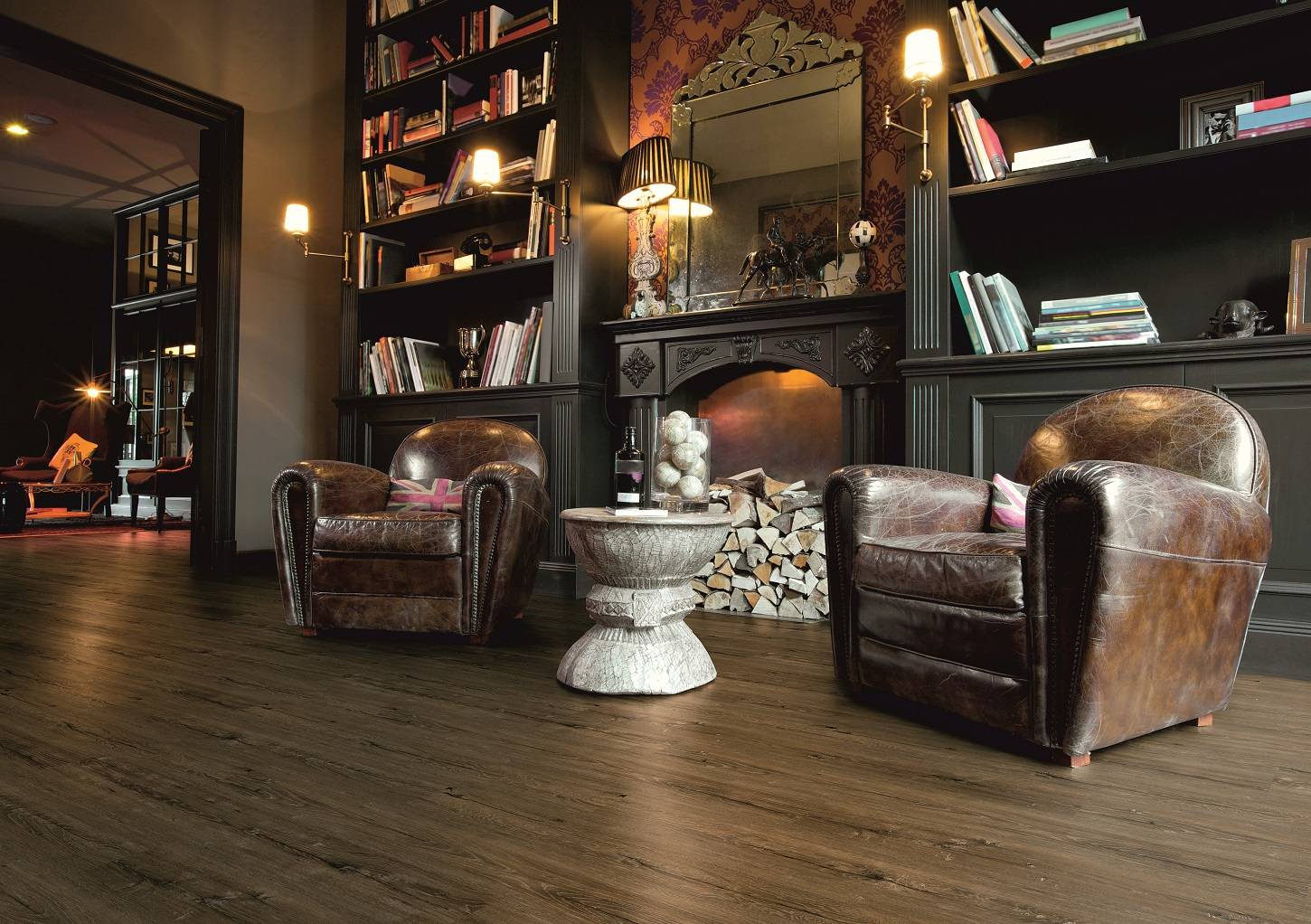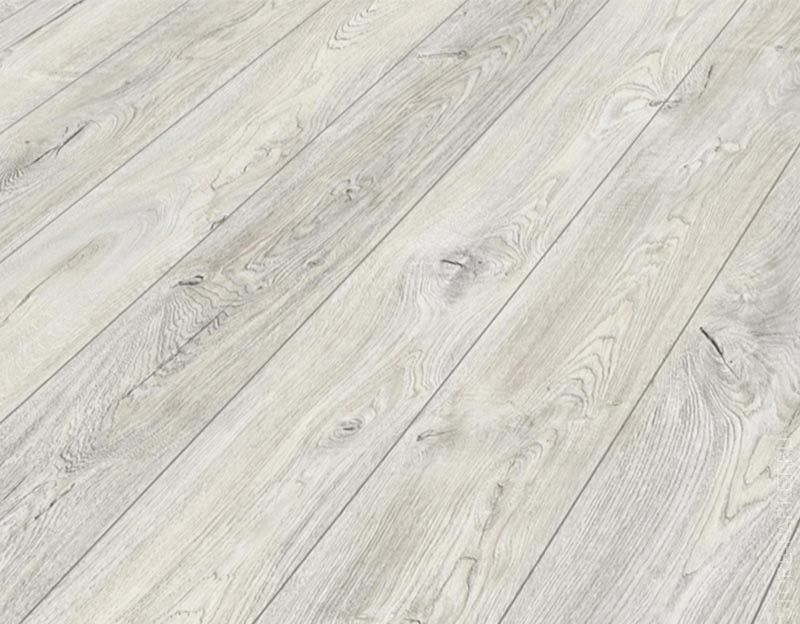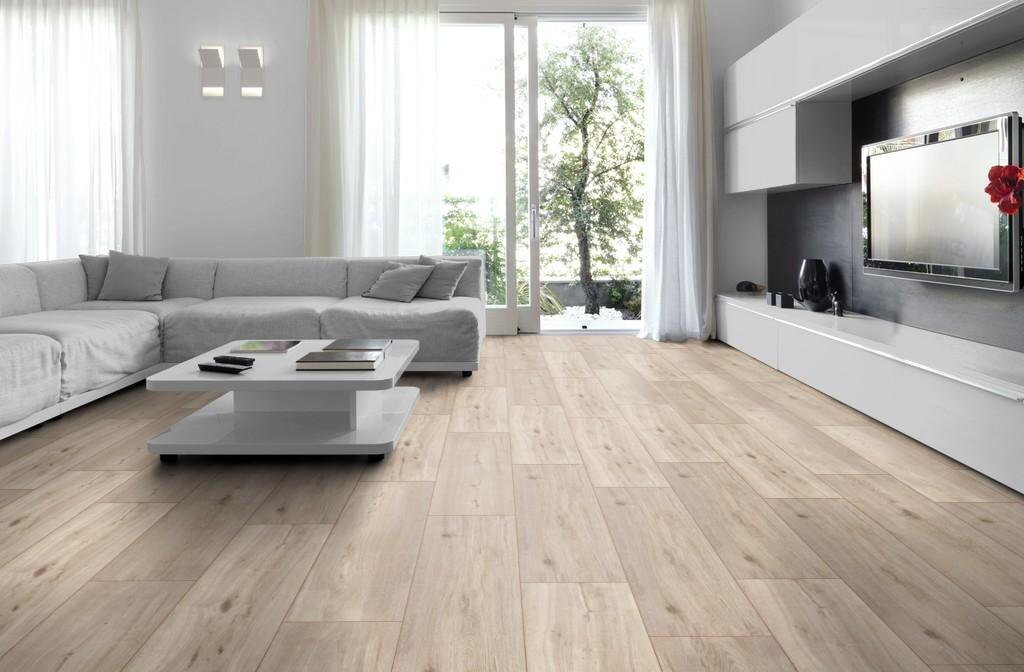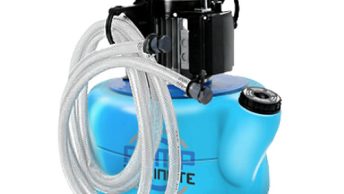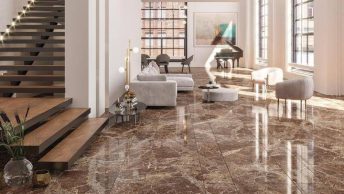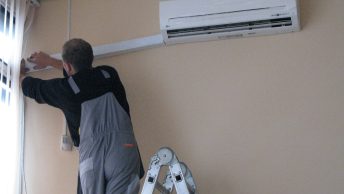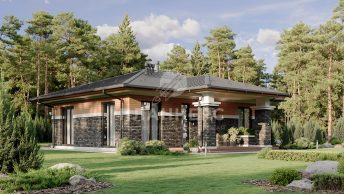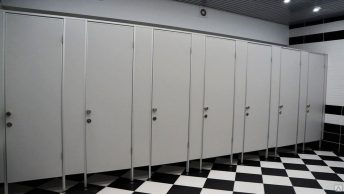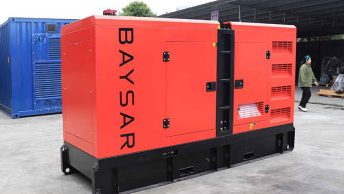Laminate manufacturing technologies
The quality of a floor covering depends not only on the properties of its constituent layers but also on the production technology used. There are four types of such technologies.
- Direct pressing. Marking on the packaging – DPL. All layers are laid in a certain order and pressed under high temperatures. After cooling, the canvas is cut into panels. The service life of such a product is shorter since after some time the overlay begins to chip off. The higher the intensity of use, the sooner chips will appear.
- High pressure. Marked as HPL. The manufacturing process is divided into two stages. During the first, paper with decorative printing and an overlay are pressed, then the blank is applied to the two remaining layers, and repeated pressing occurs. This technology significantly increases the abrasion resistance of the finish, which ultimately extends its service life.
- Continuous pressure. On the packaging it is indicated by the letters CPL. As in the previous version, first the overlay is pressed in together with the decorative layer. But before that, an additional kraft paper backing is placed under the paper. This significantly increases the resistance of the coating to mechanical stress, even quite strong ones.
- Direct printing. Marked as DPR. A relatively new technology, it involves applying a design directly to the base. Thanks to this, it was possible to significantly increase the number of coating design options. It is even possible to produce designs based on the customer’s sketches or photographs.
Which class of laminate is best for different rooms: comparison
You should choose a laminated coating for your home based on the conditions in which it will be used. Let’s compare materials of different grades.
Moisture resistance
It is believed that any laminated board is sensitive to moisture. This is true, but there are nuances depending on the class. The most hygroscopic is 31 facings. It is made on a loose base that easily absorbs water. Most often, joints swell and locks deteriorate. 32 and 33 boards are more resistant to moisture, 34 is already moisture resistant. During its production, special processing is used, which reduces the moisture absorption coefficient from 18% to 8%. Therefore, the cladding is 31 cl. It is advisable to only vacuum, 32 wipes with a damp cloth, 33 cl. wash carefully, and 34 can be washed in any way, including a washing vacuum cleaner.
Wear resistance
The most vulnerable to abrasion and other damage are 31 class products. Their overlay layer is the thinnest, it quickly wears out and chips. Therefore, such a coating lasts on average 5-6 years, although with good care it can last 10 years. Maximum wear resistance for 34 boards, AC-6. Overlay – 0.6 mm thick, most often structured and with reinforcing additives. This gives a very good result: in public places such cladding lasts 25-30 years, but at home, it can last as long as desired. But provided that it is properly looked after. Products 32 cl. will last on average 15 years. Material 33 cl. more wear-resistant, it is used for 20-25 years.
Strength
The most durable boards are thicker. These are lamellas of 34 and 33 cl. Their thickness is 8-12 mm. The density of the base, especially the first ones, is also high. They also have the highest levels of impact resistance: IC-4 for 34 lamellas and IC-3 for 33. 32 panels are close to them in thickness: from 7 to 12 mm. But their strength is lower.
The main difference between class 32 and class 33 laminates is the density of the base. In the first case, it is less dense, without the use of special strengthening additives. Therefore, with the same thickness, the lamellas are less durable. 31 panels are even thinner and less durable. They have poor shock resistance and break under relatively small loads.
To present comparative information, we have prepared a table with the characteristics of the cladding. When choosing the best laminate for your apartment, you need to take these parameters into account. All types of laminated boards are designed for interior flooring and there are recommendations for each room.
| Class | Base thickness, mm | Strength | Abrasion | Wear resistance | Service life, years | Moisture resistance | Scope of application |
|---|---|---|---|---|---|---|---|
| 31 | 6-8 | Low | AS-3 | Low | 5-10 | Low | Bedroom, office, rest room |
| 32 | 7-12 | Average | AS-4 | Average | 10-15 | Low | Living room, children’s room |
| 33 | 8-12 | High | AS-5 | High | 20-25 | Average | Corridor, hallway, kitchen |
| 34 | 8-12 | High | AS-6 | High | 30 and more | High | Any room, including a bathroom or toilet |
Some users purchase material with a “margin” of wear resistance and strength. This is hardly justified, since changes in humidity in the living room, for example, will not occur during the entire service life of the material, as well as intensive walking on the floor in the bedroom, etc. Purchasing high-end material in this case can be regarded as overpaying for options that will never be useful.
The most important thing about our Instagram that it is for those who are in a hurry
Features of the material
The laminated board is a multi-layer floor covering. It is made by pressing. Most models have four layers.
1st layer: base, also stabilizing
The bottom layer is formed from paper or kraft cardboard, which is impregnated with synthetic resins. Its main task is to protect the base from moisture, which can lead to the deformation of the lamellas. Basic information is usually indicated here: batch number, release date, trademark, etc.
2nd layer: load-bearing board or base
This is usually fibreboard of varying densities and thicknesses. There are two types of such boards.
- HDF (HDF). The plate has a high density and is distinguished by its significant mass and high strength. Such a base “works” well in difficult operating conditions, as well as where many people pass by every day.
- MDF (MDF). Medium density board. A lightweight version with low strength. This is considered quite sufficient for using the coating at home. To compensate for strength, the manufacturer can produce panels of greater thickness.
For waterproof varieties, a different base is used. It is a super-hard plastic composite. This carrier board is completely insensitive to moisture. True, its price is significantly higher than that of fiberboards.
3rd layer: decorative
A special type of paper onto which a design is applied using high-precision printing. It can be different. Usually, this is an imitation of wood, but it can also be the texture of stone, etc. When CPL technology is used in production, kraft paper is also added to the decorative layer, which significantly increases the durability of the finished lamellas.
4th layer: overlay
A protective layer of high-strength acrylic, melamine, and other polymer resins. This is a completely transparent film, the properties of which determine the characteristics of the cladding and its service life. There are two types of overlay.
- Structural. The surface is embossed to imitate the texture of natural materials.
- Smooth. The canvas is completely smooth with varying degrees of gloss: glossy mirror, semi-gloss, satin matte.
To increase the strength of the overlay, titanium dioxide or corundum particles can be added to its composition.
